We may earn money or products from the companies mentioned in this post. This means if you click on the link and purchase the item, I will receive a small commission at no extra cost to you ... you're just helping re-supply our family's travel fund.
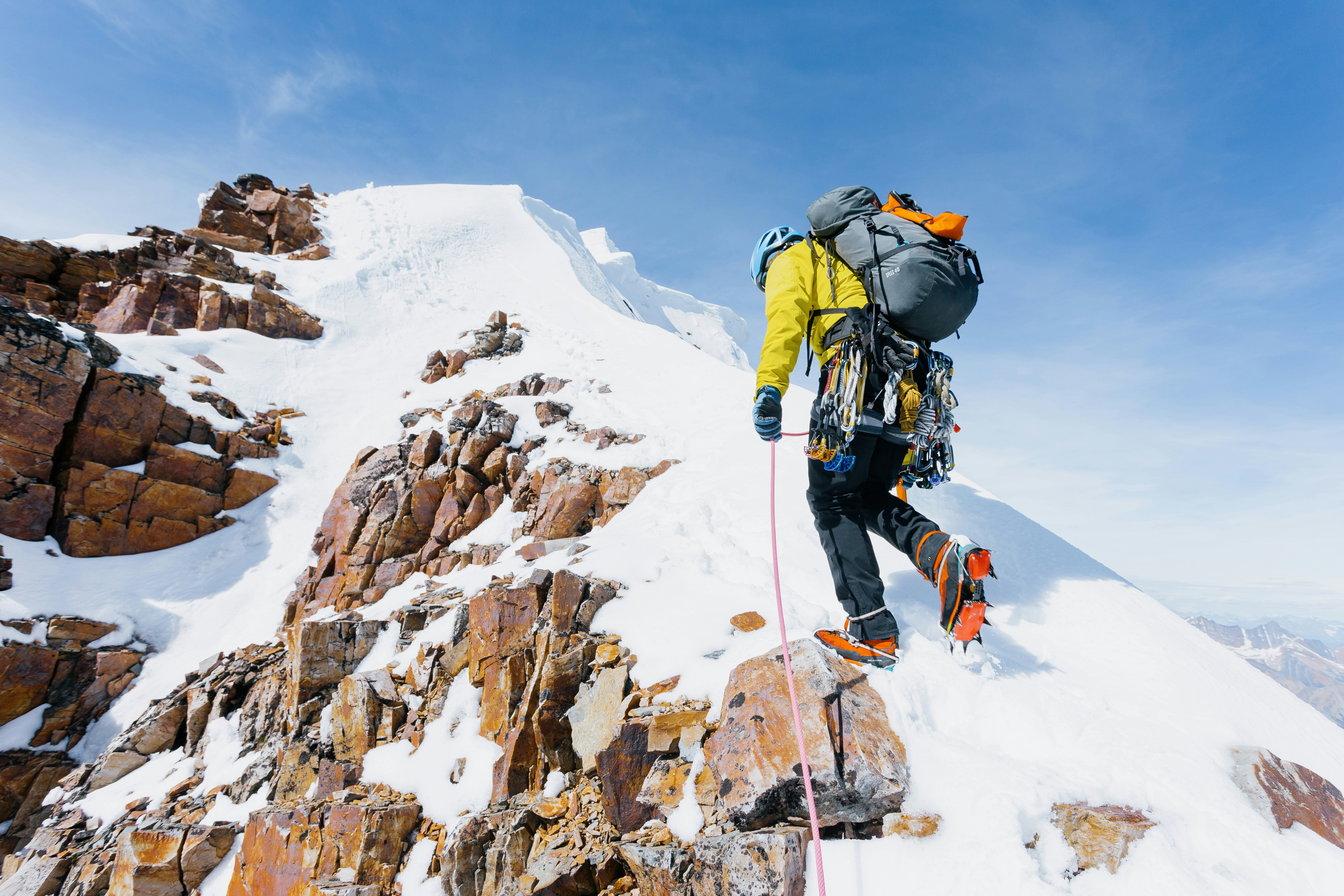
Thin air doesn’t just test your lungs — it challenges your rhythm, hydration, and even appetite. High-elevation trips offer silence, stars, and views you can’t get at sea level, but they also bring an invisible hurdle: altitude sickness. It doesn’t care if you’re fit. It’s about oxygen, not muscle. These smart, often-overlooked strategies will help your body keep pace with the peaks — so you can chase horizons without wheezing your way back down.
1. Respect the Pace of the Mountain
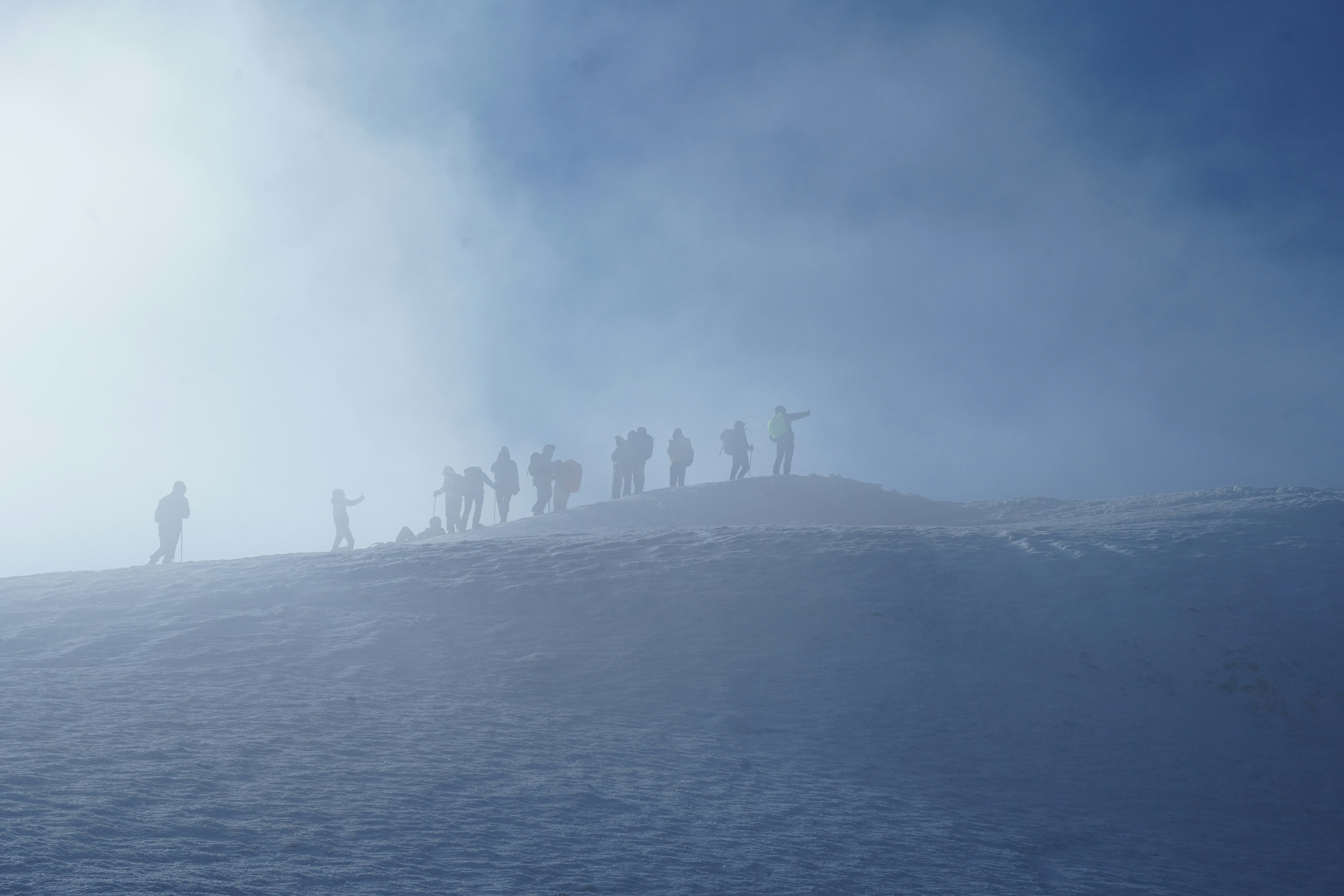
Altitude sickness strikes when ambition outruns biology. Your body needs time to adapt to reduced oxygen. Gaining more than 1,000 feet per day above 8,000 feet increases risk. Slow ascents allow your system to catch up. Let the mountain set the tempo. You’re not conquering it — you’re learning to live with it, one careful breath at a time.
2. Sip, Don’t Gulp( And Do It Often)
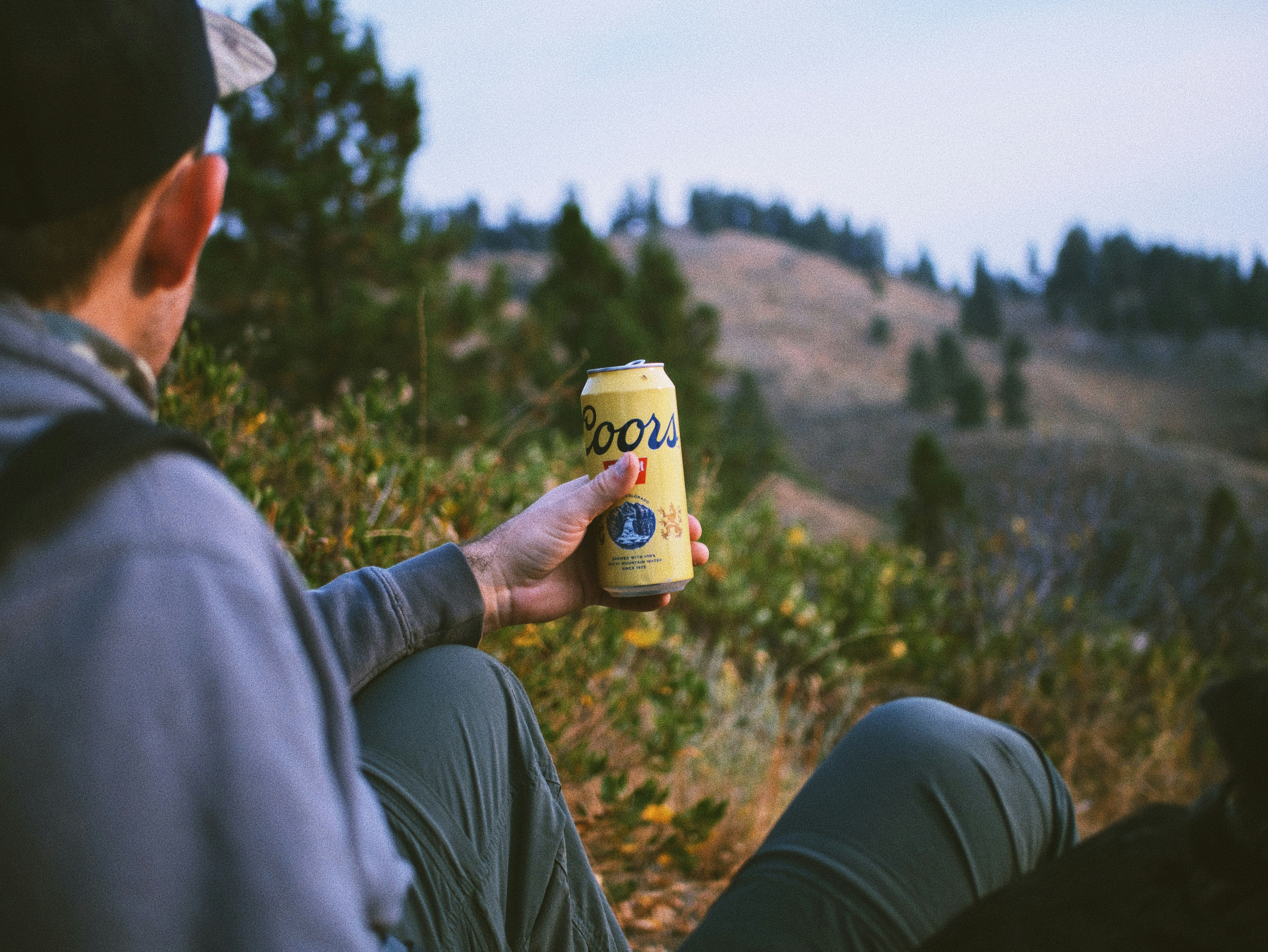
The higher you go, the drier the air. Your breath alone can burn through a liter of water in a day. Yet, altitude dulls thirst. That’s why sipping water regularly matters more than chugging it when you feel parched. Aim for 3–4 liters daily, and avoid alcohol or caffeine early on — they dehydrate and disguise fatigue.
3. Fuel With Oxygen-Friendly Foods
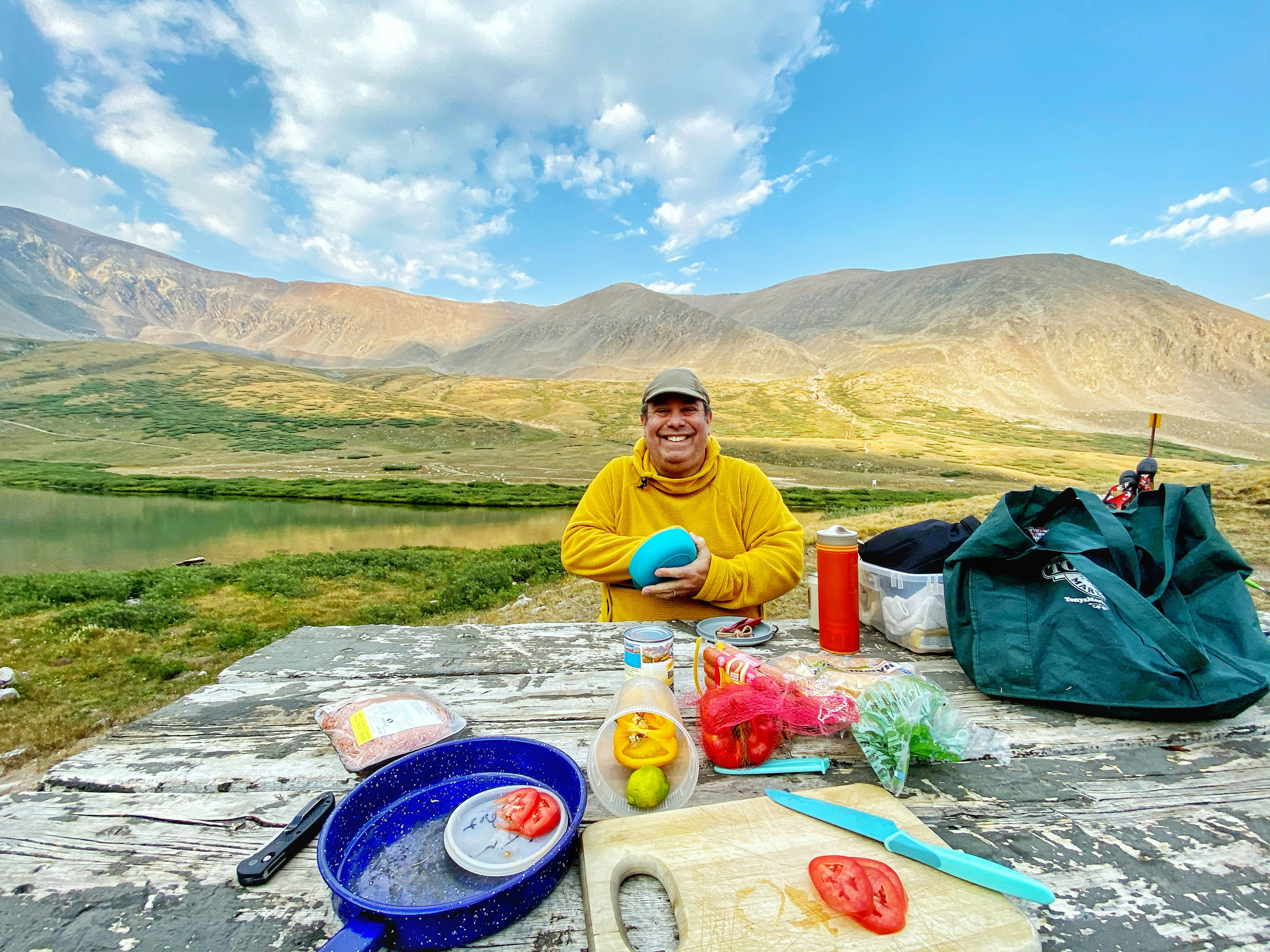
Digestion costs oxygen. That’s why high-carb, low-fat meals are ideal when you’re up high. Foods like oatmeal, fruits, and rice are gentle on your system and keep energy flowing. Skip heavy meats or fried fare. At altitude, your stomach needs to stay light so your lungs can work hard.
4. Know the First Signs
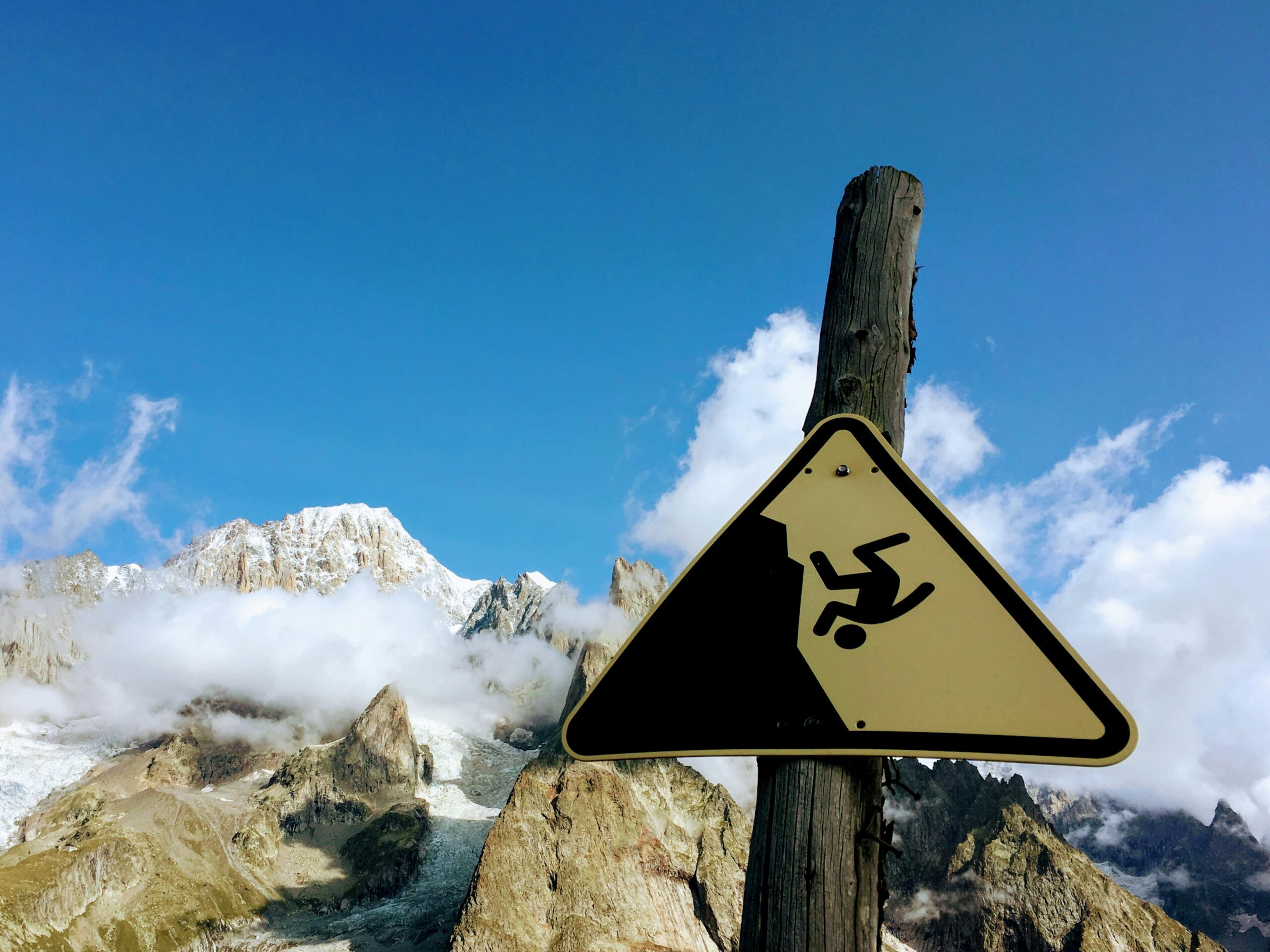
Altitude sickness doesn’t always shout — sometimes it whispers. Headaches, nausea, fatigue, loss of appetite, and irritability are all early symptoms. If you catch them early, you can hydrate, rest, or descend. Ignore them, and they can spiral into serious conditions like HAPE or HACE. Knowing your baseline helps you notice when things shift.
5. Practice “Climb High, Sleep Low”
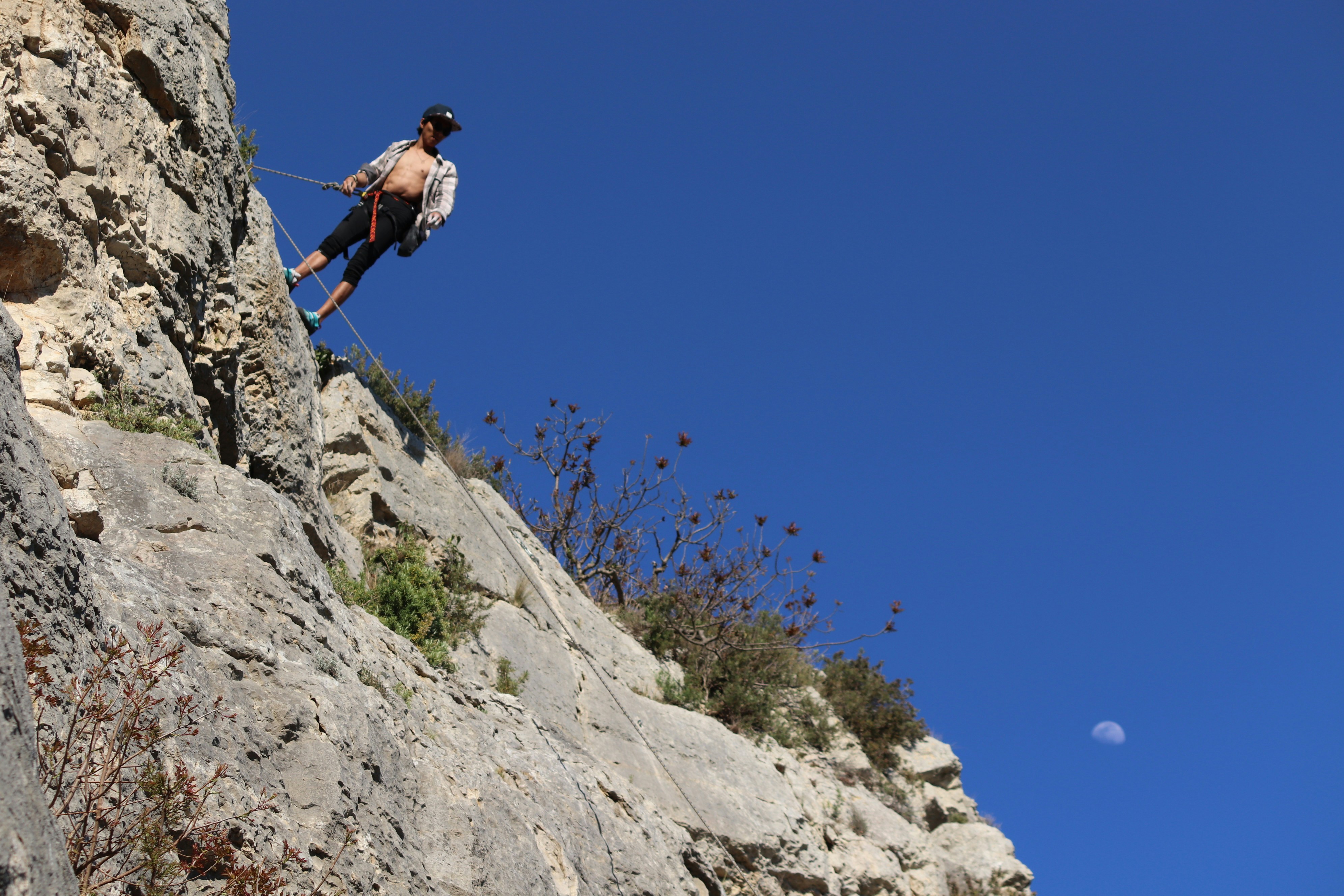
You may hike up to 12,000 feet during the day, but if you descend and sleep at 10,000 feet, your body breathes easier. That recovery time matters. Your system does most of its adjusting while you sleep. “Climb high, sleep low” isn’t just a climber’s cliché — it’s one of the most proven acclimatization tools available.
6. Rest, Then Move
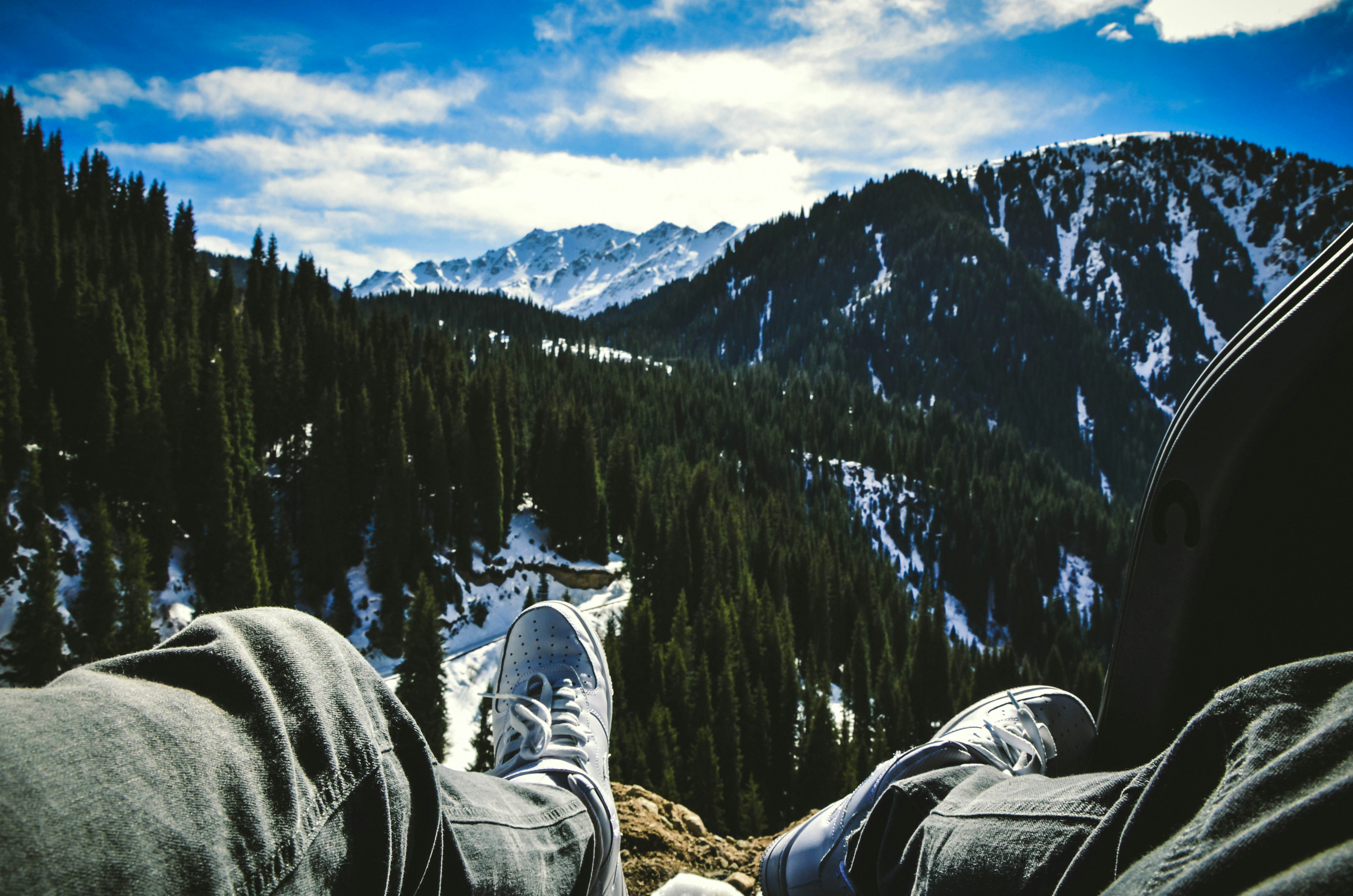
Total rest may feel logical, but light movement helps your body adjust. Gentle walks or yoga improve blood circulation and encourage deep breathing. On the flip side, overexertion too soon can overwhelm your system. It’s a dance — enough activity to stimulate oxygen use, but not so much that your lungs panic.
7. Elevate Your Sleep
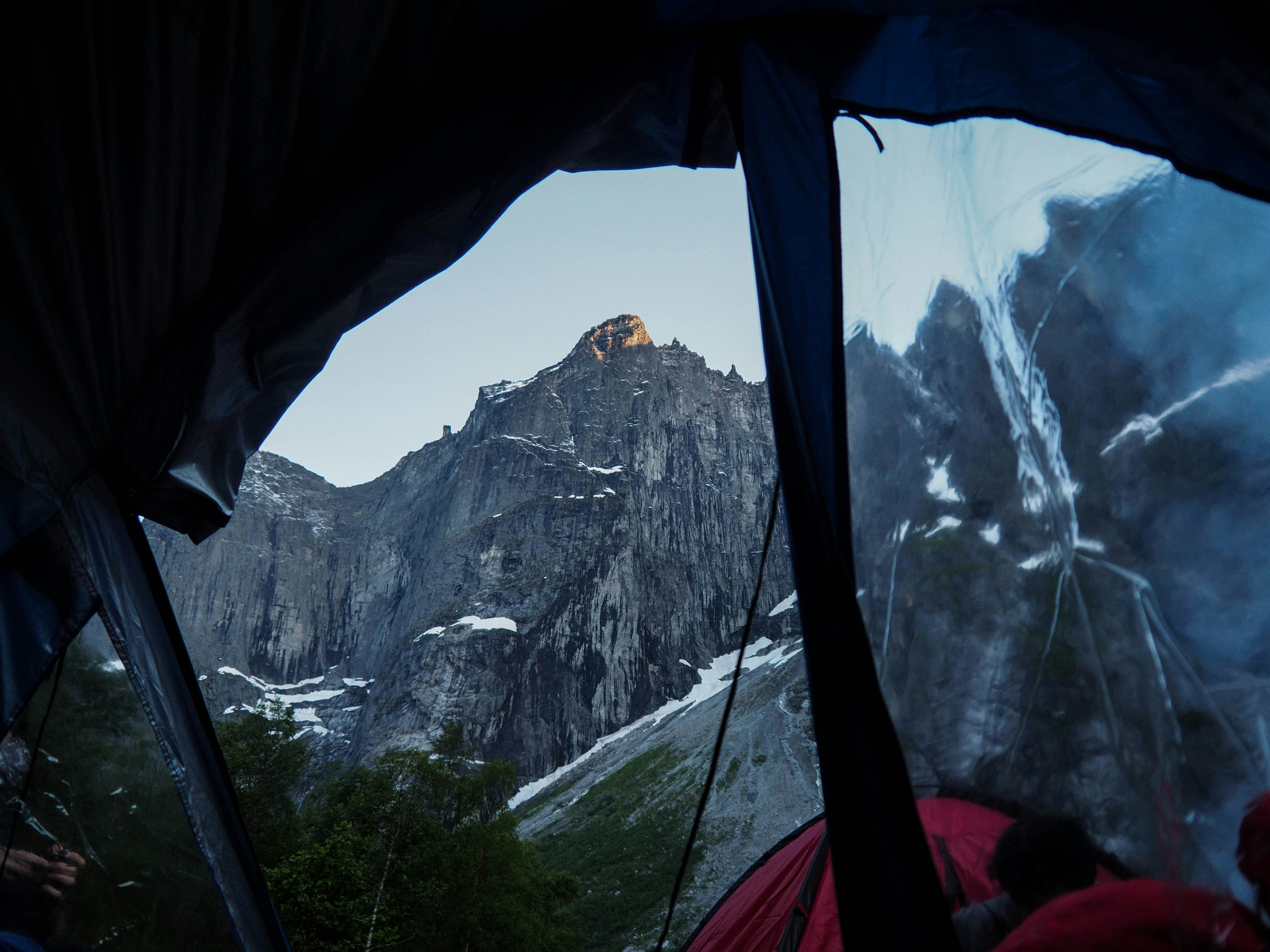
Sleeping flat at altitude can feel like breathing through a straw. Elevating your head with an extra pillow or sloped sleeping pad helps open your airway and reduces nighttime headaches. It’s a simple fix with noticeable comfort benefits, especially above 10,000 feet.
8. Skip the Sleeping Pills
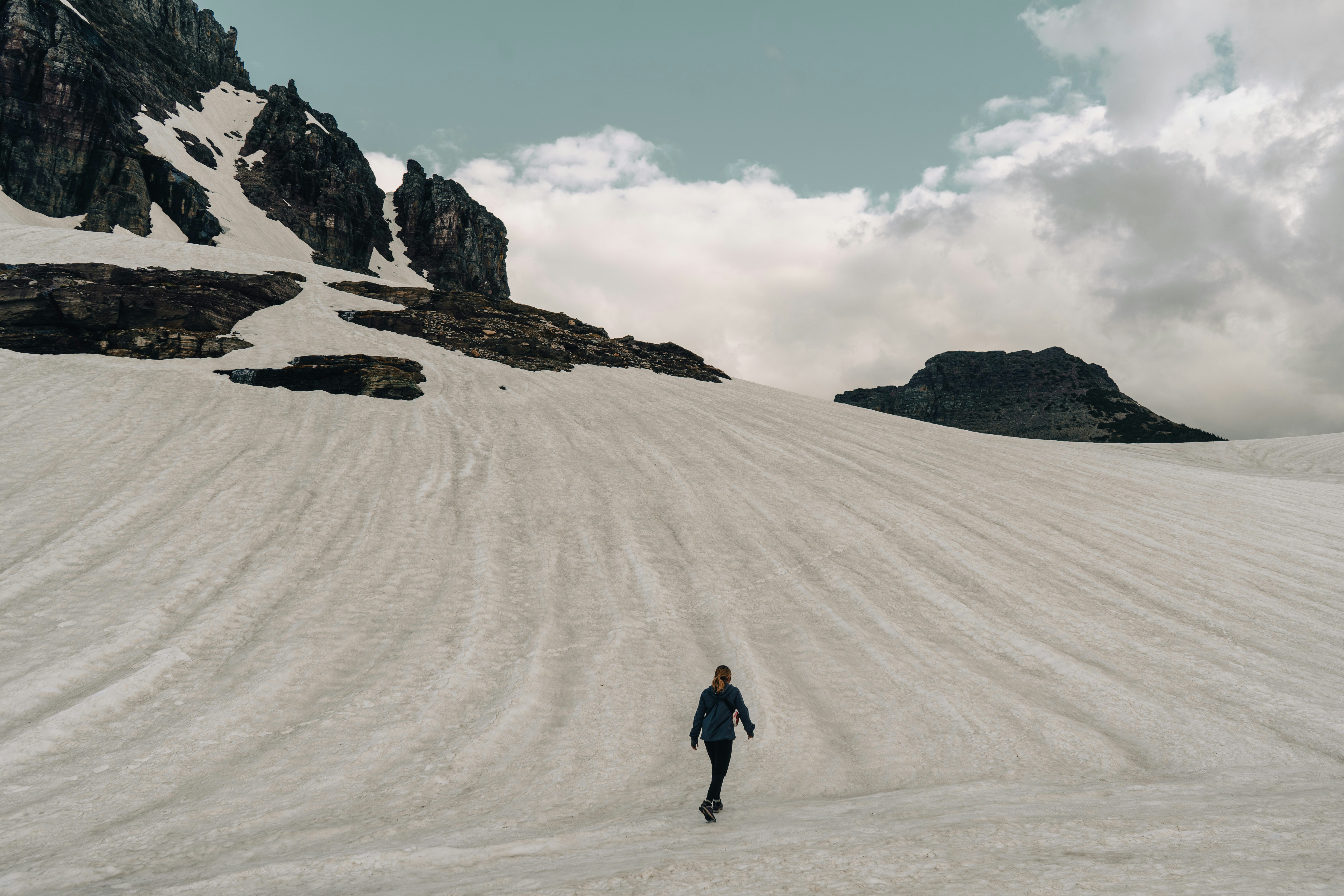
Tempted to pop a pill after a sleepless night at elevation? Don’t. Sedatives suppress your natural drive to breathe — dangerous when your oxygen intake is already low. Try warm herbal teas or calming routines instead. If necessary, use melatonin under medical advice.
9. Consider Diamox (Acetazolamide)
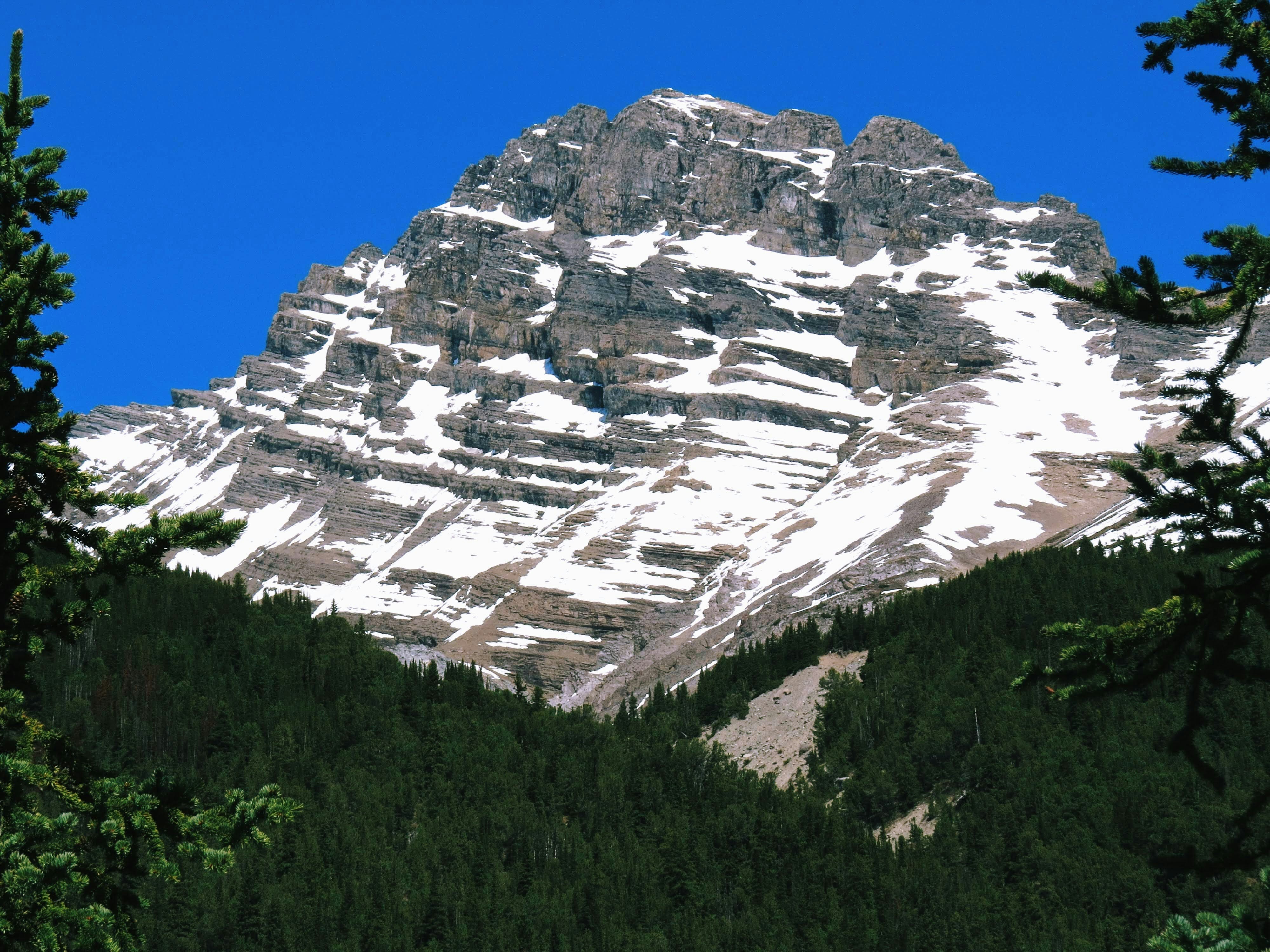
If you’re ascending quickly or prone to symptoms, Diamox can help. It accelerates acclimatization by stimulating breathing and increasing urine output, balancing blood pH. But it’s not a cure or a shield — it’s a supplement to smart altitude behavior. Always consult a doctor before use.
10. Dress for the Climb, Not the Cold
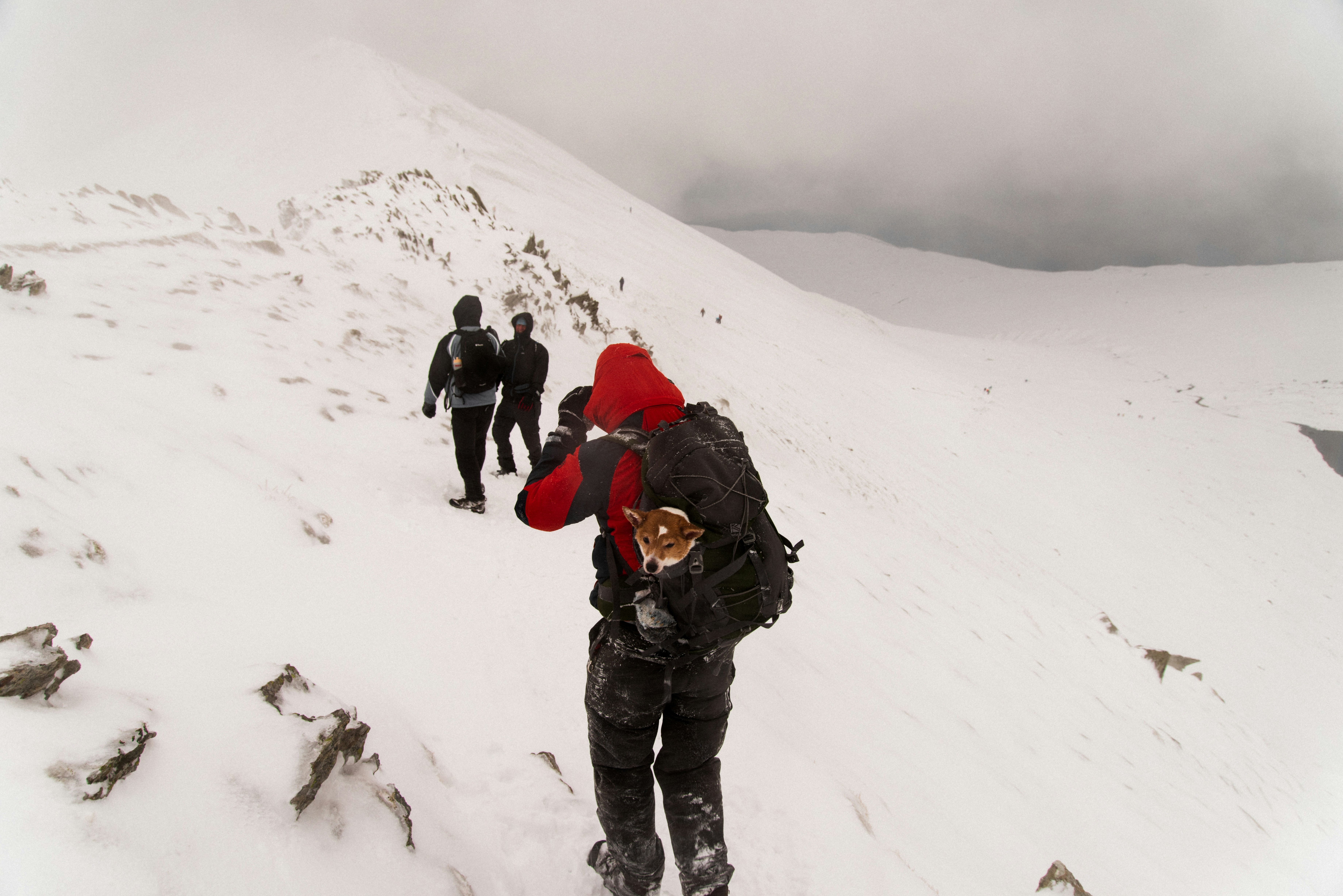
It’s easy to overdress when it’s chilly, but sweat plus cold equals dehydration and hypothermia. Use breathable, moisture-wicking layers that adjust as you move. Your outfit should support your breath — not trap it. Regulating body heat helps conserve energy and hydration.
11. Skip the Beer on Day One
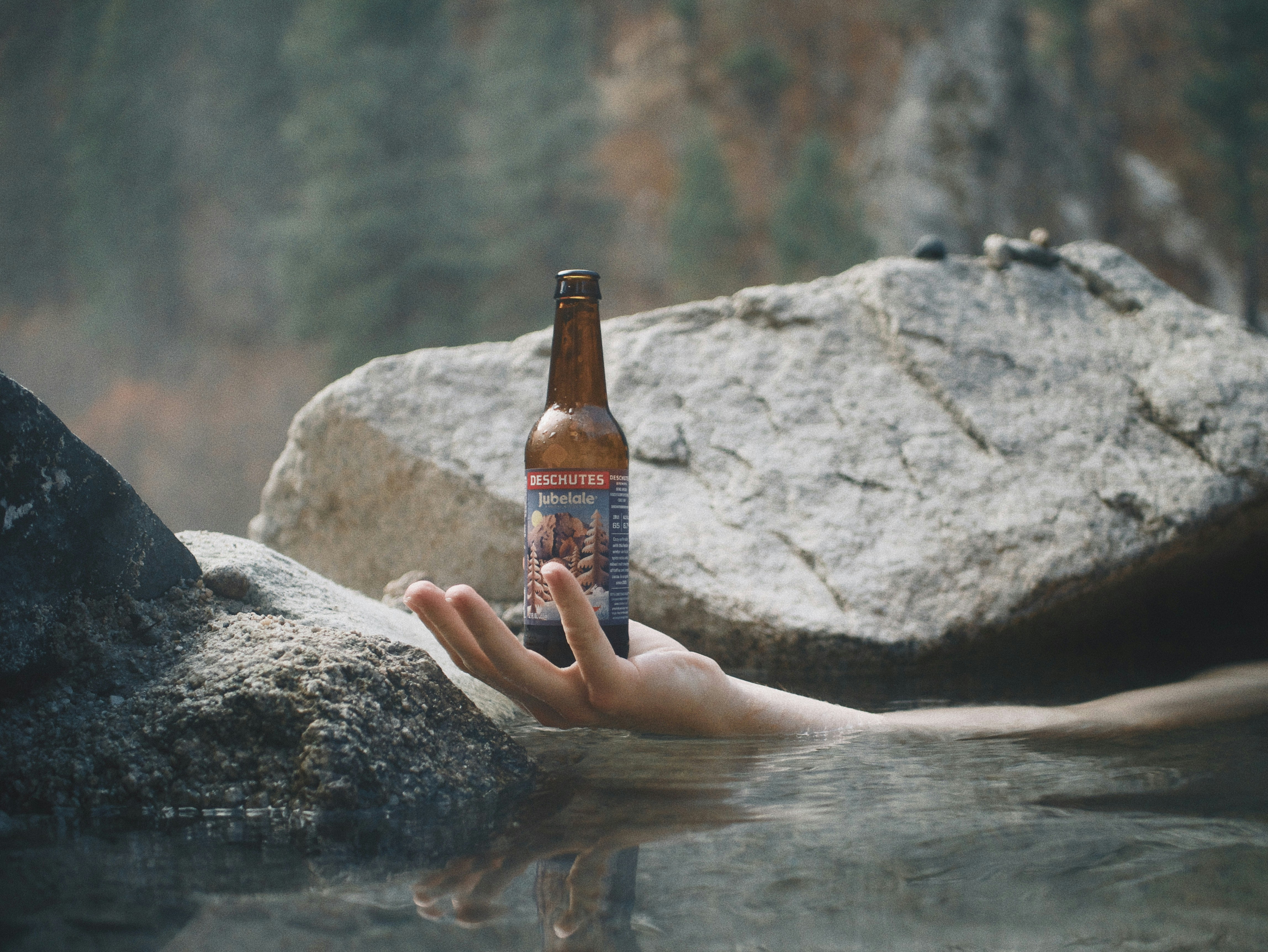
Celebrating your arrival with a drink might feel earned, but alcohol hits harder at altitude. It dehydrates, interferes with sleep, and masks how bad you actually feel. Hold off until your body adjusts. Then toast with oxygen-rich lungs and a clear head.
12. Acclimate Before You Arrive
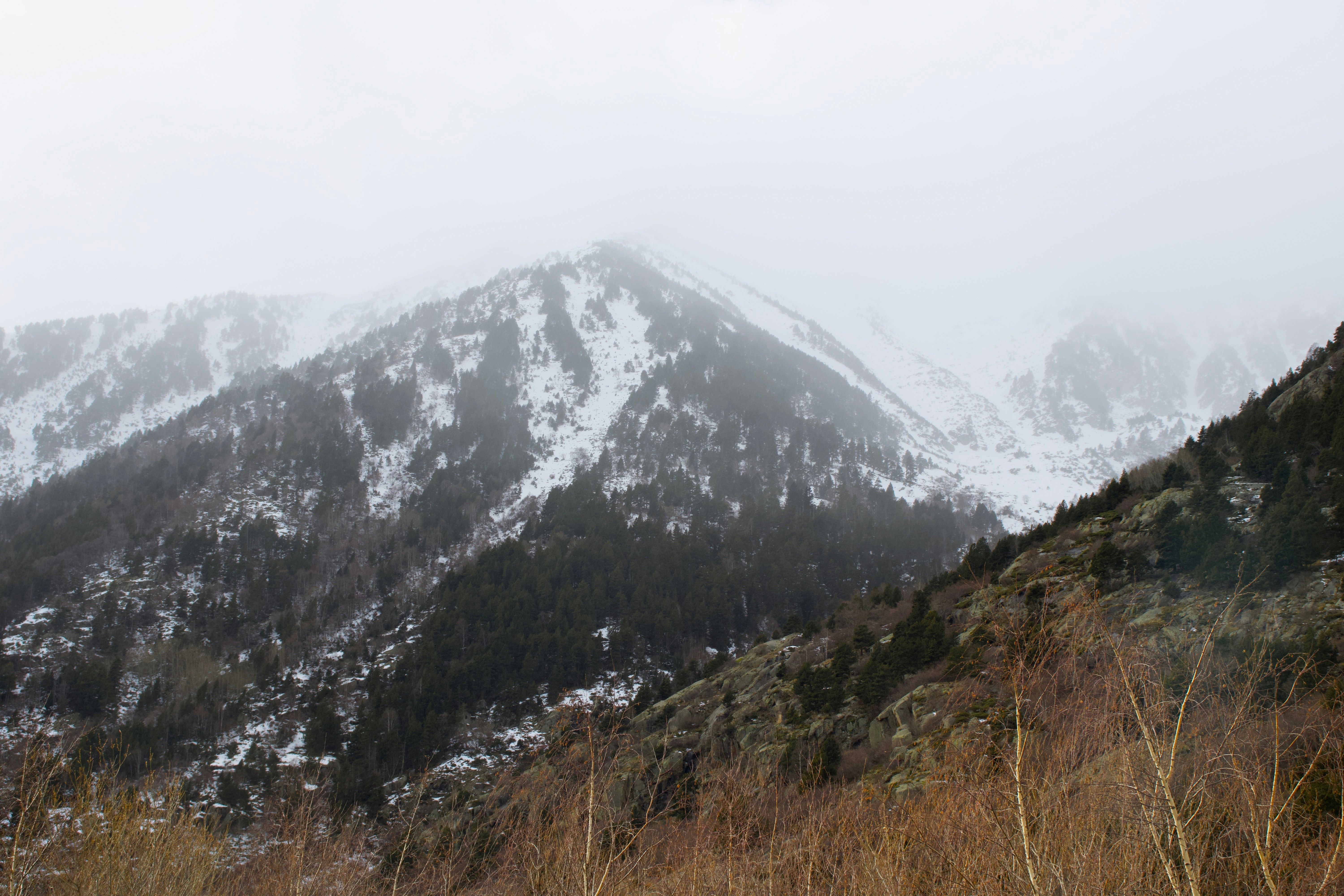
If you live at sea level, going straight to 12,000 feet is like diving into a snowstorm unprepared. If possible, spend a night or two at mid-altitude (5,000–7,000 feet) before reaching higher ground. Cities like Denver or Arequipa offer perfect stopovers for this kind of pre-adaptation.
13. Know When to Turn Back

It’s not weakness — it’s wisdom. If symptoms worsen despite rest and hydration, descend. Pride won’t prevent pulmonary edema, but altitude humility just might. The mountain will wait. Your health should come first, always.